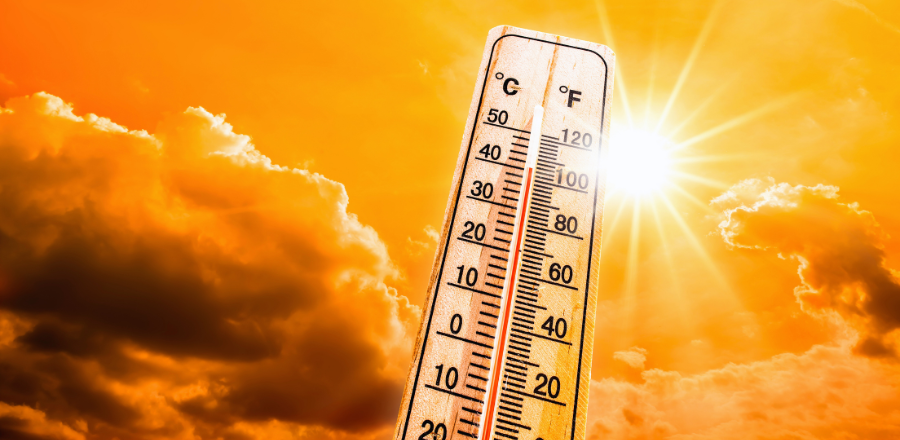The Tasmanian Government is backing local businesses to take innovative steps to help reduce the State’s greenhouse gas emissions.
Minister for Energy and Renewables, Nick Duigan visited Longford’s Austral Bricks to highlight the company’s bioenergy brick production.
“This local business’ shift to bioenergy generation is helping shape the State’s clean energy future,” Minister Duigan said.
“By swapping from diesel to bioenergy generated from wood waste and residue, Austral Bricks avoided greenhouse gas emissions by more than 8000 tonnes of CO2 equivalents per year.
“Bioenergy is playing a more and more significant role in the world’s energy transition and decarbonisation journey.”
Austral Bricks is now the last clay brick manufacturer in the state, producing 13 million bricks annually.
“This is a nation-leading example of the circular economy in action in Tasmania,” Minister Duigan said.
“Austral Bricks is a fantastic example of how the Tasmanian Government’s Bioenergy Vision for Tasmania is making a real difference.
“This strategy embeds bioenergy as a renewable resource for the Tasmanian community, economy and environment. It will improve energy production, waste management and resource recovery to reduce greenhouse gas emissions.”
Austral Bricks developed Australia’s first certified carbon-neutral bricks in 2012, by using sawdust to displace diesel-fired brick-making kilns.
Minister for the Environment, Madeleine Ogilvie, said it was estimated bioenergy could produce 33 per cent of Australia’s industrial heat by 2030, while having the potential to further expand and produce 20 per cent of Australia’s total energy demand by 2050.
“The potential benefits for Tasmania from bioenergy generation are enormous,” Minister Ogilvie said.
“Using organic waste to make energy adds value to organic waste and residue streams, creating a circular economy, which reduces organic waste going to landfill or being left in
the landscape to decompose.
“Swapping to bioenergy supports the Tasmanian economy by generating more of our energy on-island, while delivering fuel security, jobs and regional investment as we reduce our fossil fuel emissions.
“Our 2030 Strong Plan for Tasmania’s Future is all about making Tasmania the best place to live, work and raise a family.
“That’s why the Tasmanian Government is developing six sectoral Emissions Reduction and Resilience Plans, which includes one on energy by the end of the year.”
The Plans will support greenhouse gas emissions reduction and assist our businesses and industries in the transition to a low emissions economy, in line with the state’s legislated target to maintain net zero emissions, or lower, from 2030.
“Congratulations to this wonderful local business on leading the way. I encourage others to see how they could become more environmentally friendly, too.”








